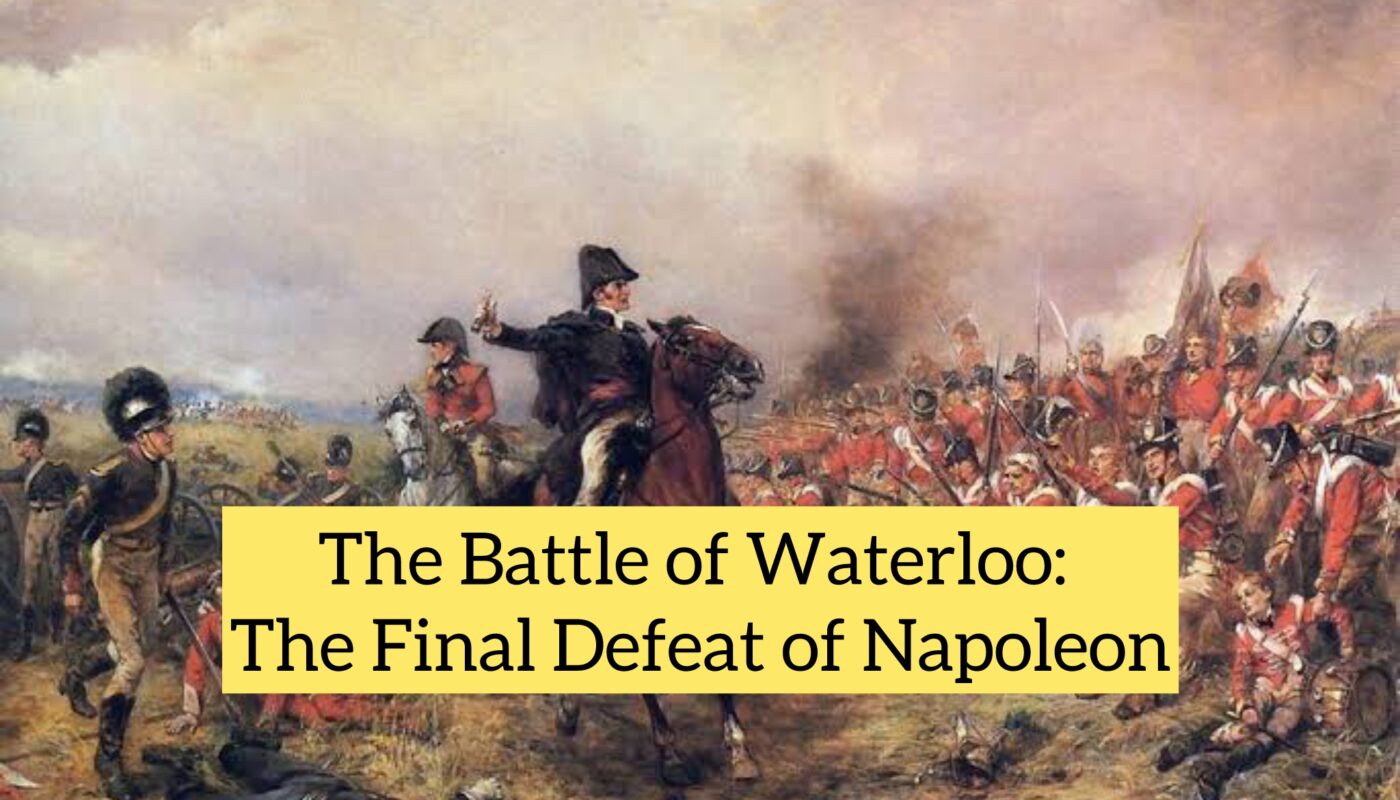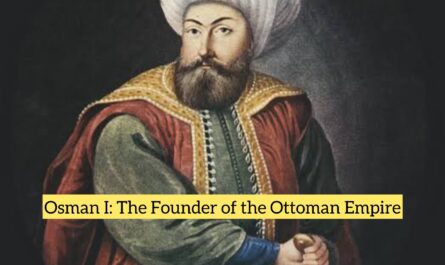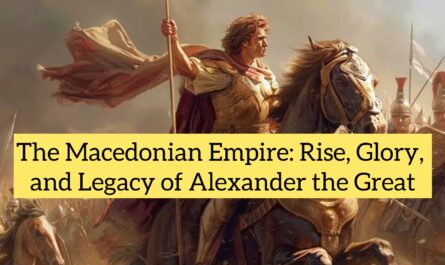Introduction
The Battle of Waterloo, fought on June 18, 1815, was one of the most significant battles in European history. It marked the final defeat of Napoleon Bonaparte, ending his rule as Emperor of the French and bringing an end to over two decades of war across Europe. Fought in present-day Belgium, the battle pitted Napoleon’s forces against the armies of the Seventh Coalition, primarily led by the Duke of Wellington of Britain and Field Marshal Gebhard Leberecht von Blücher of Prussia.
Historical Background
Napoleonic Wars
The Battle of Waterloo was the climactic end to the Napoleonic Wars (1803–1815), a series of conflicts between Napoleon’s French Empire and various European coalitions. After years of dominance, Napoleon was defeated in 1814 and exiled to the island of Elba.
The Hundred Days
In March 1815, Napoleon escaped from Elba and returned to France, reclaiming power in a period known as the Hundred Days. European powers, shocked by his return, formed the Seventh Coalition (United Kingdom, Prussia, Austria, Russia, and others) to stop him once and for all.
Napoleon’s strategy was to quickly defeat the allied forces in Belgium before they could unite. He advanced into modern-day Belgium, where Wellington and Blücher’s armies were stationed separately.
Opposing Forces
Napoleon’s Army (Armée du Nord)
-
Strength: ~73,000 men
-
Commander: Napoleon Bonaparte
-
Objective: Divide and conquer the coalition armies before they could link up
Allied Forces
1. Anglo-Allied Army
-
Strength: ~68,000 men
-
Commander: Arthur Wellesley, Duke of Wellington (Britain)
-
Position: Defending a ridge near the town of Waterloo
2. Prussian Army
-
Strength: ~50,000–60,000 men (arriving later in the day)
-
Commander: Field Marshal Gebhard von Blücher
-
Role: Reinforce Wellington’s forces during the battle
The Battle: June 18, 1815
Early Morning
The battlefield was muddy from heavy rain the night before, delaying Napoleon’s attack until late morning. Wellington had positioned his troops defensively on a ridge behind several strong points, including the Hougoumont farm, La Haye Sainte, and Papelotte.
Midday Assaults
Napoleon began with a diversionary attack on Hougoumont, which turned into a prolonged and costly struggle. Meanwhile, he launched a massive infantry assault on Wellington’s center, attempting to break through.
Cavalry Charges
Repeated French cavalry charges led by Marshal Michel Ney tried to overwhelm the British lines. However, the disciplined squares of British infantry held firm, repelling the attacks with heavy casualties.
Prussian Arrival
In the late afternoon, Blücher’s Prussian forces began arriving on Napoleon’s right flank. Napoleon was forced to divert part of his army to deal with this new threat, weakening his pressure on Wellington.
The Imperial Guard’s Last Stand
In the early evening, Napoleon deployed his elite Imperial Guard in a last desperate assault. These veteran troops had never broken in battle. However, they were repelled by British firepower and counterattacks. The sight of the Guard retreating shattered French morale.
French Collapse
The French army began a disorderly retreat. Wellington’s and Blücher’s forces pressed forward, turning the retreat into a rout. Napoleon fled the battlefield, and within days, he abdicated once again.
Aftermath
Napoleon’s Exile
After his defeat, Napoleon attempted to flee to America but was captured by the British. He was exiled to the remote island of Saint Helena in the South Atlantic, where he died in 1821.
Political Impact
-
End of the Napoleonic Era: The battle ended 23 years of nearly continuous conflict in Europe.
-
Restoration of Monarchies: The Bourbon monarchy was restored in France under Louis XVIII.
-
Congress of Vienna: The political boundaries and balance of power in Europe were redrawn to ensure stability and prevent future upheaval.
Legacy
The Battle of Waterloo became synonymous with total defeat. It entered popular culture and historical memory as a turning point not just in French history but in the fate of Europe.
Key Figures
-
Napoleon Bonaparte: The brilliant strategist whose final gamble failed.
-
Duke of Wellington: The British commander whose defensive tactics held firm.
-
Field Marshal Blücher: The aggressive Prussian leader whose timely arrival turned the tide.
Strategic Analysis
Napoleon’s Mistakes
-
Underestimated the Prussians’ ability to regroup and return to the battlefield.
-
Failed to coordinate his attacks effectively, particularly with Marshal Ney’s cavalry charges.
-
Weather conditions delayed his attacks, giving allies more time to prepare.
Allied Strengths
-
Wellington’s defensive use of terrain was masterful.
-
Coordination between British and Prussian forces proved decisive.
-
The resilience of British infantry and the timely arrival of Prussians overwhelmed the French.
Conclusion
The Battle of Waterloo was a watershed moment in European history. It decisively ended Napoleon’s ambitions and restored a conservative order across the continent. The alliances formed to defeat him laid the groundwork for a relatively peaceful 19th century in Europe—known as the Concert of Europe. While Napoleon remains a symbol of military genius, Waterloo stands as a sobering reminder of the limits of ambition and the high cost of war.



